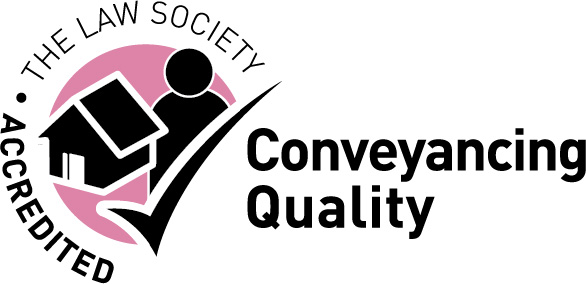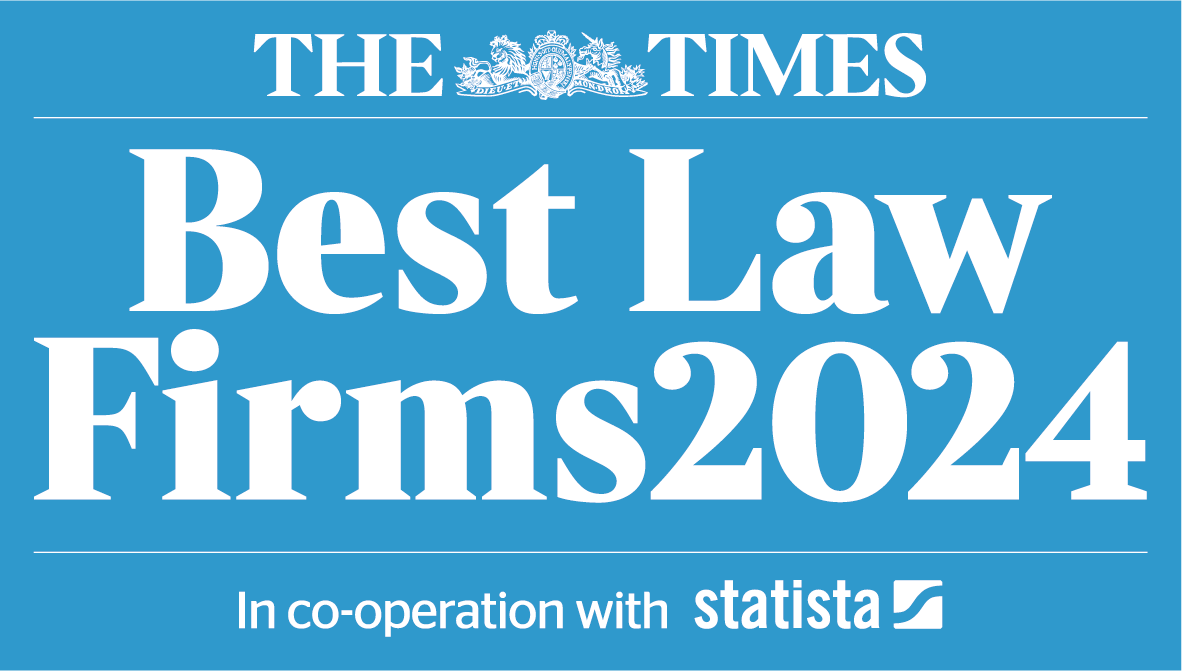Two for the price of one: the successors to the Coronavirus Job Retention Scheme
13 October 2020

From either side of the political aisle, the reign of the Coronavirus Job Retention Scheme (CJRS) has been positively received. As the CJRS falls away, two further support packages will replace it: the Job Support Scheme (JSS) and the Job Retention Bonus (JRB). The JSS, which is intended to support businesses that remain open but which are not yet operating at full capacity, was explored in detail in our recent article available here. In this article, we will look at its recent expansion to assist those businesses forced to close, as well the further guidance released on the Job Retention Bonus.
The end of one chapter…
To the disappointment of many, the CJRS will close on 31 October 2020, after which furloughed employees will have to return to work (either full time or on reduced hours under the JSS). Employers should be aware of the 30 November 2020 deadline to do the following:
- Make any final CJRS claims for periods of furlough falling before 31 October 2020. Missing this deadline will render employers unable to submit or add to any claims.
- Contact HMRC if you believe you have not claimed everything you were entitled to under the CJRS.
Employers who have over-claimed a CJRS grant, and have not repaid it, must notify HMRC by the latest of the following dates, or risk incurring a penalty:
- 90 days after the date you received the grant you were not entitled to;
- 90 days after the date you received the grant that you were no longer entitled to keep because your circumstances changed; or
- 20 October 2020.
The beginning of a new chapter…
The JRB was first announced in July with the aim of rewarding employers for bringing back employees from furlough. It offers employers a payment of £1,000 for each employee kept on for three months after returning from furlough. Employers need not pass this bonus on to the employees they bring back.
Employers can only claim the JRB for employees, office holders and agency workers for whom they successfully claimed under the CJRS. They may also be able to claim for employees transferred from a previous employer via TUPE, business succession rules or in the event of insolvency. HMRC will not pay the bonus for employees who were ineligible for the CJRS.
To claim the bonus for each employee, the employer must keep them continuously employed from the end of the last period during which they were furloughed until 31 January 2021. Employers cannot claim the bonus for employees who are on their notice period on 31 January 2021, so employers tempted to make employees redundant before the end of January, and reap the benefits of the JRB during the notice period, will be unable to do so.
An employer may only claim for an employee if they meet the minimum income threshold required by the scheme. To satisfy the threshold, the employee must have total gross earnings of at least £1,560 over the course of the three tax months between 6 November 2020 to 5 February 2021. The employee must receive one payment of taxable earnings in each of these three tax months, although each of the payments can be of any amount providing that they total at least £1,560. This will be monitored by HMRC through the Real Time Information (RTI) submitted through the Full Payment Submissions. HMRC's latest guidance includes examples of how the calculation of the minimum income threshold will work in practice.
If the employee's pay is reduced during the three month period, for example by reason of being on sick leave and receiving statutory sick pay, this will be taken into account when calculating the gross earnings over the three months, and may reduce the employee's income to below the minimum threshold. If that happens, they will be ineligible for the JRB.
Employers will be able to claim the bonus from 15 February 2021 via an online claim service on the government website. Details on how to claim will be released at the end of January.
As with the JSS, there are concerns that the JRB may not significantly reduce redundancy numbers. The grant is relatively small, and will only provide a significant incentive for keeping on lower paid employees. These employees aside, the JRB may end up being used mainly by employers who were planning to keep their employees on in any event (in which case the bonus provides no incentive). In combination with the JSS, the JRB may be sufficient to save jobs which are only affected in the short-term, but for jobs affected in the long-term, these measures may not be sufficient to avoid redundancies.
In light of the JRB, employers should consider the following:
- If they are currently carrying out collective consultation for redundancies, the JRB and JSS should be discussed as part of the consultation;
- Consider the cost–efficiency of using the JRB. Compare the price of wage costs for the three months, less the bonus, against the cost of any statutory (or contractual) redundancy payment and notice pay.
- If they plan to utilise the JRB, ensure that the minimum income threshold will be met and that payments will be made in all three tax months between 6 November and 5 February.
Job Support Scheme revisited
Further to our recent article on the JSS, the Chancellor of the Exchequer announced on 9 October 2020 that he would be expanding the JSS for businesses which have been forced to close due to coronavirus restrictions. The JSS previously covered businesses that were open, but did not have enough work to keep their employees on full-time. In a move which is bound to cause confusion, the new scheme shares the name 'Job Support Scheme'.
For eligible businesses, the government will pay two thirds of their employees' salaries, up to a maximum of £2,100 a month. Employers will only be asked to pay their employees NICS and pension contributions.
The expanded JSS shares the following characteristics with the original JSS:
- Both schemes will launch on the same date, 1 November 2020.
- Employees must spend at least seven consecutive days on both schemes.
- Employers can only claim for employees under this scheme if an RTI submission in respect of that employee has been made to HMRC on or before 23 September, the same cut-off date as the original JSS.
Further information on these schemes is likely to be released shortly, although no timeframe has yet been provided.
For advice on the above, please contact the Employment Team or your usual Wilsons contact.
USEFUL LINKS
JRB –
Expanded JSS
Original JSS



